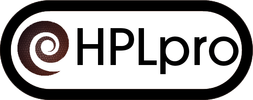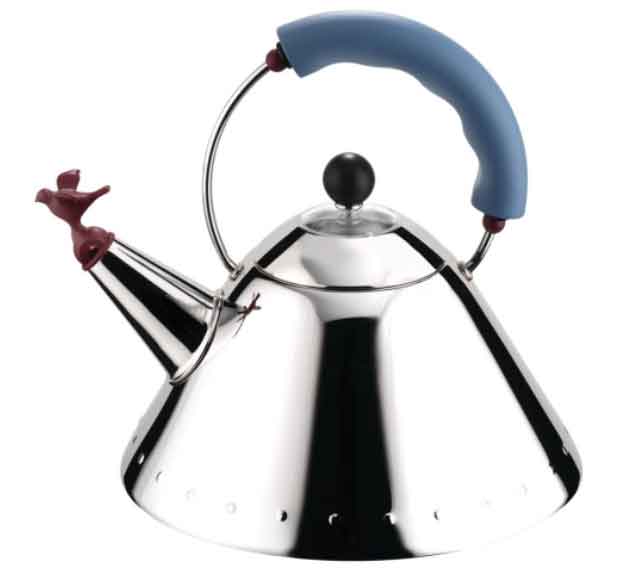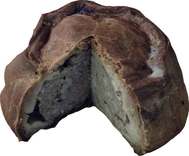|
In the latest of articles from our freelancers on certain areas of law, we tackle the basics of intellectual property (also called IP): what it is, what types of IP there are and some helpful things to think about. As always, it is worth restating that HPLpro is not a legal firm, and this article should not be taken as legal advice. It is important for you and your business to have experienced legal practitioners review your business ideas and intellectual property portfolio to ensure that they adequately meet your needs. Please feel free to request a freelance in-house lawyer from us if required.
|
|
If you have an idea but have not yet turned it into actual IP – be sure to keep that information secret! As stated in this article, an idea on its own is not intellectual property – and you may find that you lose the ability to protect your idea if you don't keep it secret. If you need to tell other people or companies about your idea, make sure you use an NDA (aka confidentiality agreement) beforehand – see our explainer on NDAs and our free NDA builder.
|
Copyright
Copyright is essentially the protection of creative works – it protects the expression of an idea. So, for example paintings can be protected by copyright, as can statues, photographs, novels, drawings, computer programmes and so on. The key however is that these elements need to exist in the real world and need to have an element of creativity – meaning that, for example, the book needs to have actually been written down for it to attract copyright protection. The protection that copyright grants is the ability to stop someone else copying your work, adapting it, distributing it, or performing it without permission (if it is a play or musical score). We will look at copyright in more detail in our next article.
|
Patents
Patents deal with inventions and protect how and when other people can use that invention. A significant consideration with regard to patents is that they are published and are able to be freely viewed by everyone when they are registered. That means that somebody could take your invention and improve it and/or do it differently all potentially without infringing your patent. So, if you have something that is highly confidential, you may not want to have it published as a patent. Further, patents exist for a certain period of time, normally 20 years, after which time they pass into the public domain – so again, if you want more than 20 years of protection you may want to consider keeping the information a secret rather than registering a patent. However, to do so would be counteractive to the general philosophy of patents which is to encourage the development and sharing of new ideas. As with copyright, we will take a further look at patents in a later article.
| When hiring freelancers of any sort to turn your ideas into actual things – web designer, software programmer, artist, writer - remember to include language about IP ownership and to transfer that IP over to you or your company in the contract that you have with the freelancer. Depending upon where you are in the world, failure to do so could result in the IP being owned by the freelancer! If we get enough interest, we may ask one of our freelancers to create a free freelance template for download. Also note that if you are an employer, you should include appropriate language in your employment contracts on IP ownership. |
Trademarks
Trademarks protect branding which is used in relation to trade (and all of the trademarks in the above picture are used without permission - no challenge to their status intended.). Normally a trademark will be a word or a logo but in some territories worldwide you can also claim colours or smells as trademarks. A trademark is therefore a logo, word or other element which identifies the source of that logo or mark for the economic benefit of the owner but also for the benefit of consumers at large; if everyone could use the word Microsoft in respect of computer programmes that they were selling, users would have no idea of the origin, and therefore the quality (or lack of), of that software.
Trademarks can either be registered or unregistered depending upon the territory and the owner of the mark will have different remedies available depending upon the registration. Further, to complicate things slightly, trademarks exist in 'classes' which is a way of dividing those marks into categories of use. For example, Class 34 refers to tobacco and articles for smoking. That means that HPLpro could own a trademark for the word 'Cobra' in class 34 and that mark is not likely to infringe a 'Cobra' word trademark in class 39 – transport.
As with the other types of IP we will pen a further article on this subject at a later date.
Trademarks can either be registered or unregistered depending upon the territory and the owner of the mark will have different remedies available depending upon the registration. Further, to complicate things slightly, trademarks exist in 'classes' which is a way of dividing those marks into categories of use. For example, Class 34 refers to tobacco and articles for smoking. That means that HPLpro could own a trademark for the word 'Cobra' in class 34 and that mark is not likely to infringe a 'Cobra' word trademark in class 39 – transport.
As with the other types of IP we will pen a further article on this subject at a later date.
Design rights/ Registered designs/industrial designs
| This little bundle of IP rights varies greatly depending upon the country but in general they protect the aesthetics of an industrial article, particularly the design of that article. They may help you to prevent someone making, selling or distributing infringing articles. The classic design of an Alessi kettle for example may be the perfect subject for a registered design. |
Other IP
There are a few other elements which are sometimes considered to be intellectual property and are worthy of mention:
Trade secrets – these are confidential pieces of information which relate to the most vital elements of a business and normally they will be contained in the heads of only a few people worldwide. The Coca Cola recipe is rumoured to be one such trade secret.
Domain names – domain names can be considered to be intellectual property in that they can be owned and traded and are not physical items as such. Along with other IP elements, businesses should consider domains names as part of their intellectual property strategy.
Protected Geographical Location rights – the ability to refer to ther origin of a product or service can have real world value – Melton Mowbray pork pies for example. Although geographical locations are rarely owned by one business, nevertheless they can be exploited only by businesses operating in that area. Only pork pies made in the Melton Mowbray area can use such a reference on their packaging – even if they are identical in every way to one made just outside the area (aficionados will however tell you that the MM Pork Pie is distinctly different to all others).
Trade secrets – these are confidential pieces of information which relate to the most vital elements of a business and normally they will be contained in the heads of only a few people worldwide. The Coca Cola recipe is rumoured to be one such trade secret.
Domain names – domain names can be considered to be intellectual property in that they can be owned and traded and are not physical items as such. Along with other IP elements, businesses should consider domains names as part of their intellectual property strategy.
Protected Geographical Location rights – the ability to refer to ther origin of a product or service can have real world value – Melton Mowbray pork pies for example. Although geographical locations are rarely owned by one business, nevertheless they can be exploited only by businesses operating in that area. Only pork pies made in the Melton Mowbray area can use such a reference on their packaging – even if they are identical in every way to one made just outside the area (aficionados will however tell you that the MM Pork Pie is distinctly different to all others).
Company names – finally a company name is intellectual property of a sort and it is worth bearing in mind that just because you own the company name does not mean that you own a trademark with the same name nor does it give you automatic rights to a domain name.
Hope you found the above useful. We will tackle the specific elements mentioned above in later articles, so keep tuned!
The HPLpro team
The HPLpro team
Comments
Author
HPLpro
Archives
June 2017
May 2017
April 2017
March 2017
Categories
All
Article
Contracts
Data Protection
Downloads
Explainers
Intellectual Property









 RSS Feed
RSS Feed